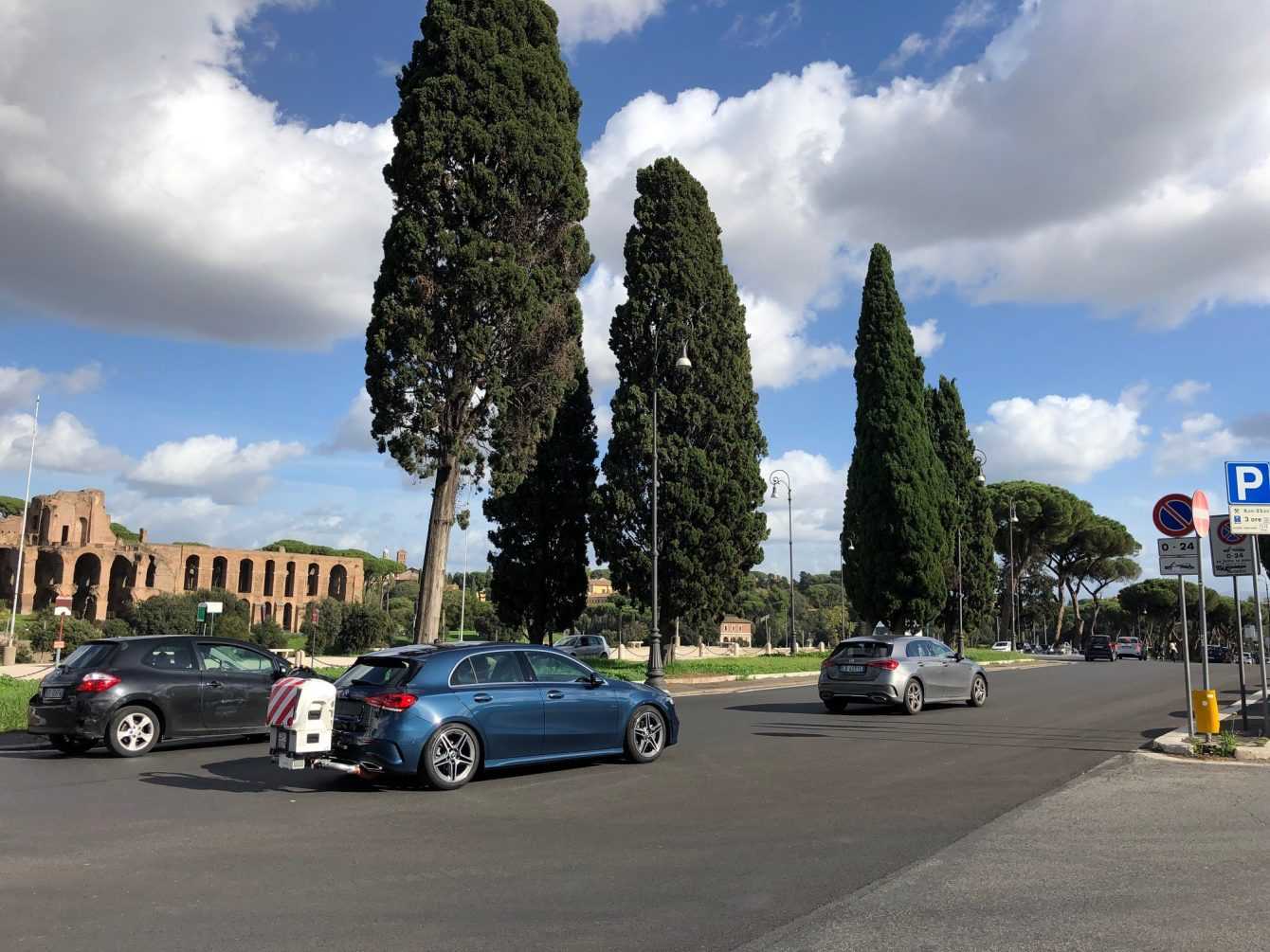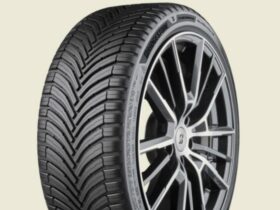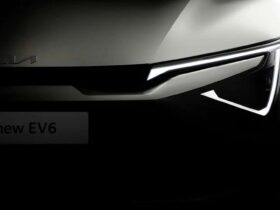The RDE Emission Tests, promoted by Mercedes-Benz Italy and Bosch, were conducted by CSI, considered one of the main European centers of excellence in the field of vehicle experimentation and testing
Mercedes-Benz e Bosch they carry tests RDE in the heart of the Italian metropolises, to scientifically verify the actual environmental impact of the latest generation of mobility. In fact, the large urban centers are the most subject to traffic blocks.
The tests are aimed at raising awareness of the attention of institutions and public opinion on the important technological leap that in recent years has seen traditional engines, increasingly efficient and with low environmental impact, as protagonists. For this reason, the results of three different types of fuel were compared: a Class A 200 d, equipped with a 150 HP 2.0 Diesel engine; a Class B 160, with 109 HP 1.3 petrol engine and a Class C 300 de EQ-POWER, powered by 2.0 Diesel Plug-In with a system power of 194 + 122 HP.
Mercedes-Benz and Bosch: here is the RDE Emission Test
Compared to laboratory tests (on rollers), and RDE test (Real Drive Emissions) these are the tests to which all new cars are currently subjected to measure the pollutants emitted while driving on the road. They take place on roads open to traffic, where the vehicle is circulating in conditions that are not easily predictable: queues, traffic lights, roundabouts, stop & go.
These tests rely on a device called PEMS (Portable Emission Measurement System), a portable, compact and lightweight analyzer that allows the measurement of the main pollutants (Nitrogen Oxides – NOx, Particulate Particle Number – PN) emitted by cars.
In the case of the RDE Emission Tests, promoted by Mercedes-Benz and Bosch and conducted by CSI, the nitrogen oxides (NOx) e le fine dust (PN), first defendants of emissions in our cities. The tests completed faced three different types of scenarios: the first, in Turin, in conditions equivalent to the homologation ones, with over 200 parameters and a journey of about 90 minutes on urban and extra-urban roads and motorways. The second test, in Milan, on exclusively urban routes, also compared the concentration of the particulate mass (PM) at the intake with that at the exhaust. The test in the capital has broadly followed the methods and measurements of the one carried out in Milan.
It should be emphasized that all the cars involved in the test recorded emissions values that were significantly lower than the permitted limits, both in the laboratory, but above all on the road, in real driving conditions.

Here are the results!
Among the most interesting elements that emerged during the tests it was found that, the average values of nitrogen oxide emissions and the number of particles in the exhaust of the Euro 6d diesel engine taken into consideration, they are lower than those of the petrol-fueled direct injection car, while both remaining in a range definitely below the limits. A very different result compared to what was recorded with the old Diesel engines, developed before the advent of RDE and PEMS tests. In these cases, the cars tested on the road showed real values of NOX emissions much higher than those found in the laboratory.
Furthermore, another particularly relevant factor recorded during the test in Milan is that, in the presence of a high concentration of particulate matter, as in the case in which a particularly polluting vehicle precedes us, the concentration of exhaust dust was up to 2,000 times lower than that dispersed in the air of the surrounding environment. If it is perhaps excessive to consider the latest generation Diesel filters for air cleaning, at the same time the reputation of this type of power supply should be radically revised, an important ally in the transition to electric.
During all the test sessions, no regeneration of the particulate filter took place, which provides for the periodic combustion of the dust accumulated inside. This process is erroneously referred to as an important emission peak, but recent studies have instead shown that, even considering regeneration, the emission levels of particulate matter are lower, equal to one fifth, of the permitted threshold.
For other news on the world of motors, and much more, keep following allotek!














